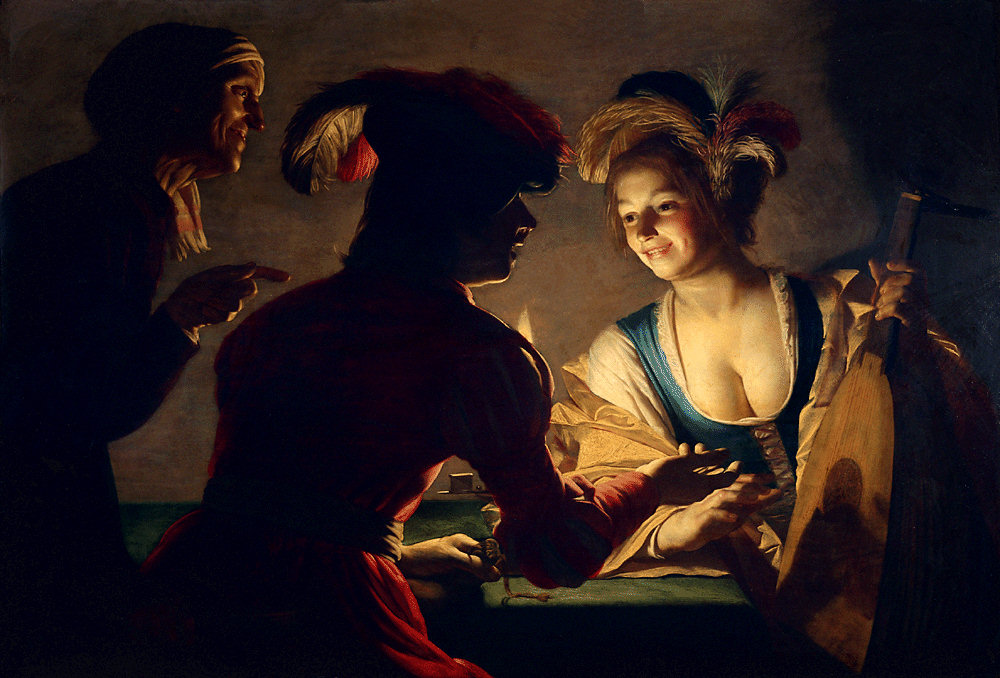This post comes to you from Cultura21
 The Macabre Treasury
The Macabre Treasury
January 20–May 5, 2013 – Museum Het Domein – Sittard, Netherlands
“Increasingly, my work has become macabre and laced with dusky pessimism. Early on I believed that ecological calamity could be averted by awareness. If people knew about issues like the loss of biodiversity or global warming, they would act so as to halt the problem. (…) Now, I just don’t believe that it will all work out. Not that there will be a single great catastrophe, but rather the world will slowly become less biological diverse, more impoverished, an uglier, less remarkable place to live. (…) Ozone holes, burning rainforests, ecological wars, species extinction, landfill landscapes will become fantastic theatre, a spectacle of ecosystem collapse. (…) Coming soon—the planet earth becoming a crummier place, and like numerous other rude spectators, it’s hard for me to keep my mouth closed during the show.â€
–Mark Dion, unpublished manuscript, 2001
Macabre Treasury an exhibition by the American artist Mark Dion, internationally acclaimed to be a prominent contemporary artist, is Dion´s first solo museum exhibition in the Netherlands since fifteen years. He is playing a pioneering role with his work, which focuses on ecological issues and our perception of nature. Dion’s work examines the ways in which dominant ideologies and public institutions like museums shape our understanding of history, the ways we accumulate knowledge, and how we regard the natural world. Appropriating archaeological and other scientific methods of collecting, ordering, and exhibiting objects, Dion creates works that question the distinctions between “objective†(“rationalâ€) scientific methods and “subjective†(“irrationalâ€) influences. The artist’s spectacular and often fantastical curiosity cabinets, modeled on Wunderkabinetts of the sixteenth century, are notable for their atypical orderings of objects and specimens. By locating the roots of environmental politics and public policy in the construction of knowledge about nature, Mark Dion questions the authoritative role of the scientific voice in contemporary society.
For The Macabre Treasury, Dion will transform Museum Het Domein’s contemporary art wing into a giant Wunderkabinett. The exhibition will be divided into various departments of a fictional museum. Dion’s macabre treasure chamber will thus include amongst others Departments of Zoology and Archeology, a Bureau of Museums and the Culture of Collections, a Hunting Salon, aCinematheque and a Cabinet of Mystery. As part of the exhibition of his own work, the artist will present a selection of objects from Museum Het Domein’s historical collection and from other local museums and archives. The objects vary from local archeological findings to an eleventh-century tree-trunk coffin with a female skeleton. As is the case with all of Dion’s presentations, the exhibition in Het Domein can be considered an attempt to restore something of our earlier notion of the universal museum with its hybrid combinations of different disciplines and fields of knowledge. Newly inciting the curiosity of the museum-goer is just as essential. The artist once proclaimed that museums should be restored to their roles as “powder kegs of the imagination.â€
For more information and visuals, visit the museums homepage.
Cultura21 is a transversal, translocal network, constituted of an international level grounded in several Cultura21 organizations around the world.
Cultura21′s international network, launched in April 2007, offers the online and offline platform for exchanges and mutual learning among its members.
The activities of Cultura21 at the international level are coordinated by a team representing the different Cultura21 organizations worldwide, and currently constituted of:
– Sacha Kagan (based in Lüneburg, Germany) and Rana Öztürk (based in Berlin, Germany)
– Oleg Koefoed and Kajsa Paludan (both based in Copenhagen, Denmark)
– Hans Dieleman (based in Mexico-City, Mexico)
– Francesca Cozzolino and David Knaute (both based in Paris, France)Cultura21 is not only an informal network. Its strength and vitality relies upon the activities of several organizations around the world which are sharing the vision and mission of Cultura21
Powered by WPeMatico





 This Saturday from 8.30pm to 9.30pm is
This Saturday from 8.30pm to 9.30pm is